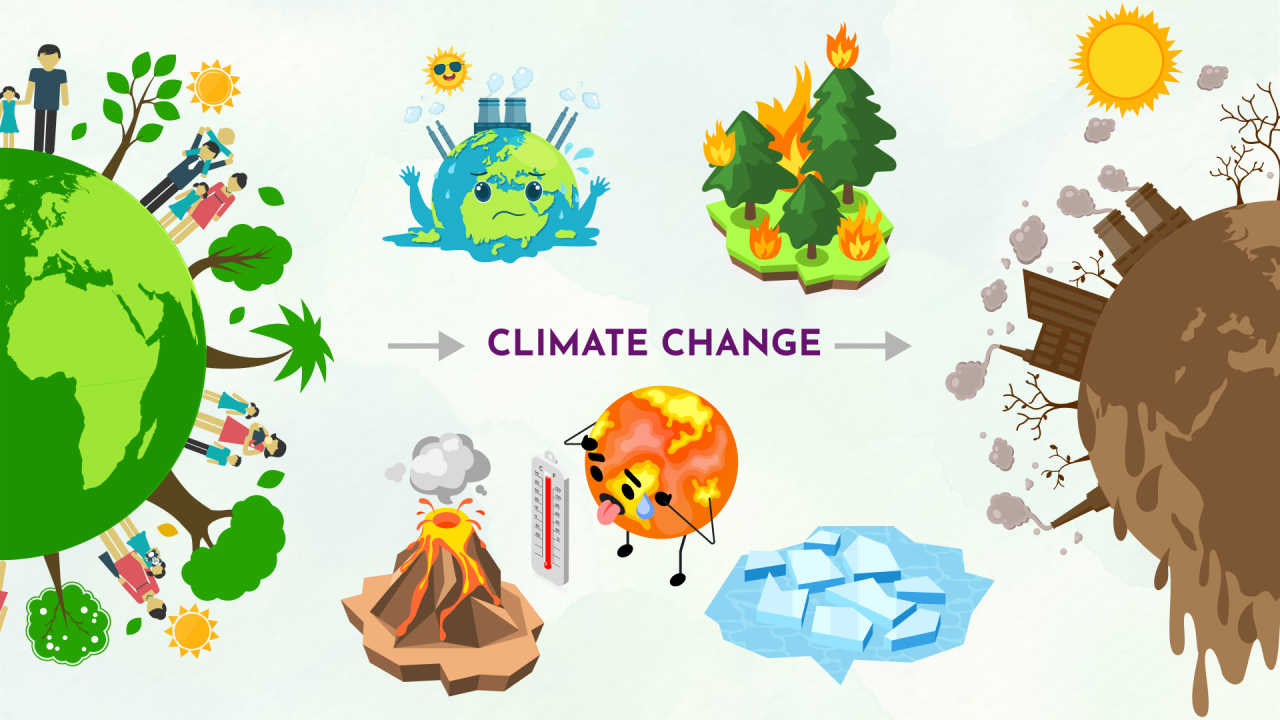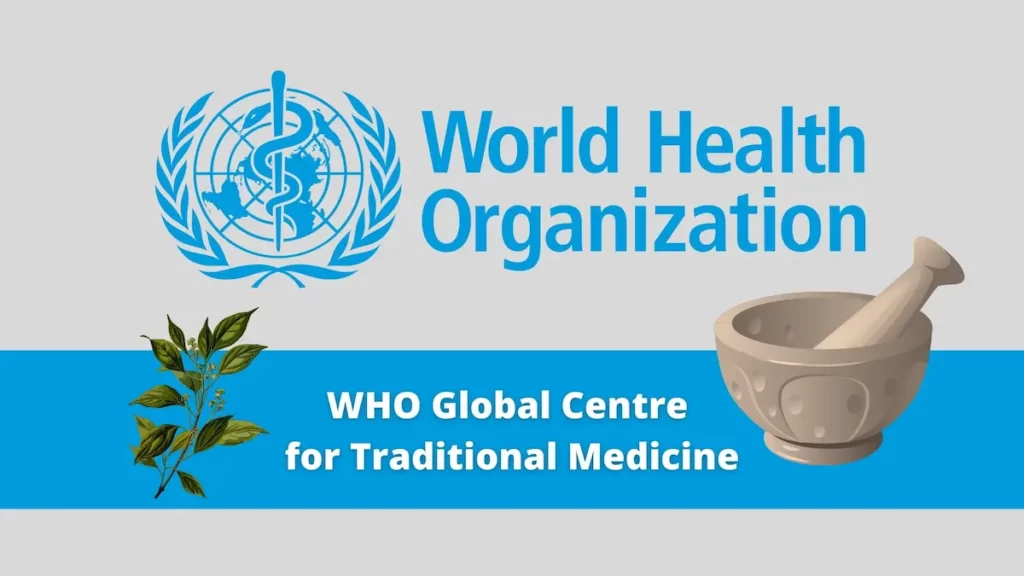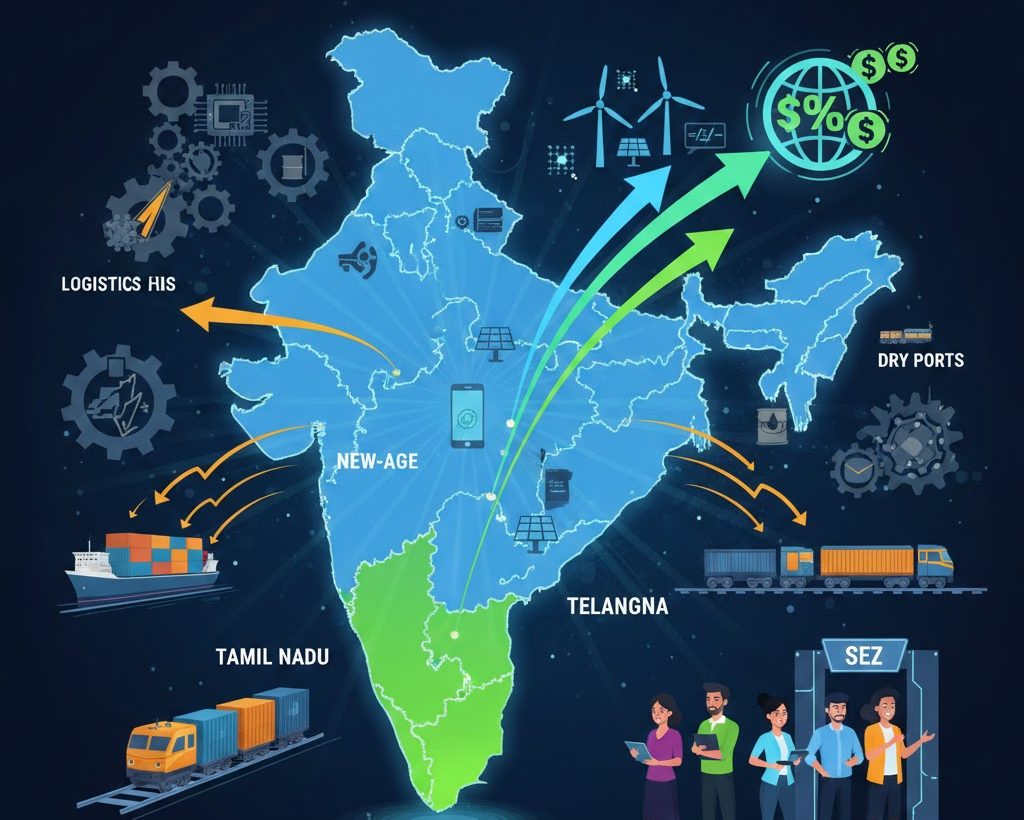Font size:
Print
A New EU-India Strategic Agenda: Key Priorities for 2025
Context:
The EU-India Roadmap to 2025 has guided the partnership since the 15th EU-India Summit (2020). With its conclusion, the European Commission (EC) aims to propose a new Strategic EU-India Agenda.
More in News
- High-Level Visit: EC President Ursula von der Leyen and the College of Commissioners to visit India in February 2025.
- Geopolitical Context: Global conflicts, China’s assertiveness, and a transactional U.S. under Trump 2.0.
- EU-India Relations: Despite India’s neutrality on the Russia-Ukraine war, diplomatic engagement has expanded.
- Key Focus Areas: Economic security, technology cooperation, trade negotiations, and strategic de-risking.
Key Priority areas in a new Strategic EU-India Agenda
- Finalising the EU-India Free Trade Agreement (FTA)
-
- Negotiations restarted in 2022 after a decade-long suspension.
- Major Challenges:
- Sustainability standards and environmental concerns.
- Worker mobility and professional services.
- Agriculture and dairy sectors.
- Tariff and non-tariff barriers.
- Impact of New EU Regulations:
- EU Deforestation Regulation (EUDR) affects Indian exports worth $1.3 billion.
- EU’s Economic Security Strategy (2023) aims to mitigate supply chain risks.
- India’s Trade Strategy: Signed agreements with UAE, Australia, and EFTA indicating greater flexibility.
- Need for Reassessment:
- Whether labour and environmental concerns should be FTA preconditions.
- Failure to conclude FTA could undermine trust and cooperation.
- External Pressures:
- Trump’s tariff policies and EU-China trade tensions make EU-India trade diversification necessary.
- India’s modest export growth to the EU (1.1% in 2002 to 2.2% in 2021) demands expansion.
- Strengthening Supply Chains and De-Risking from China
- Common Objective: Reduce reliance on China for critical minerals, semiconductors, and pharmaceuticals.
- India’s Position: Less than 3% of global manufacturing but seen as a China+1 alternative.
- Investment Protection Agreement: Needed to boost FDI inflows and investor confidence.
- Challenges: India’s termination of Bilateral Investment Treaties (BITs) in 2016 remains a hurdle.
- Collaboration on Critical Minerals and Green Technologies
-
- EU’s CRM Act (2023) and Net-Zero Industry Act focus on green technology production.
- Minerals Security Partnership (MSP): EU and India collaborate on mineral extraction and innovation.
- Potential Expansion:
- India’s Supply Chain Resilience Initiative (SCRI) with Japan and Australia to include the EU.
- India-EU-Japan trilateral for mining and exploration technologies.
- Semiconductor and Digital Infrastructure Cooperation
- India-EU MoU on Semiconductors: Enhancing supply chain security and R&D.
- European Chips Act and India’s semiconductor incentives provide opportunities for deeper collaboration.
- Telecommunications: Potential for India to be a trusted vendor for European 5G networks.
- Pharmaceuticals: Need to secure API supply chains and reduce reliance on Chinese imports.
- FDI-Screening Mechanisms: Align policies to scrutinise high-risk investments.
- Strategic Trade Realignment
-
- Neither EU nor India is part of RCEP or CPTPP, increasing the need for a strong bilateral trade pact.
- Trade Figures:
- The EU was India’s largest trading partner (2023).
- India ranks only 9th for the EU.
- Growth Potential:
- Indian exports could reach $2 trillion by 2030.
- The EU accounts for 28% of global imports.
- Economic Asymmetry:
- The EU’s economy is four times larger than India’s.
- While the EU stagnates, India is rising as the third-largest economy.
- 140 million Indian households will join the middle class by 2030, creating a massive consumer market.
- Revitalising the Trade and Technology Council (TTC)
- Established in 2022 to address trade, technology, and security challenges.
- Three Working Groups:
- Strategic Technologies and Digital Governance.
- Green and Clean Energy Technologies.
- Supply Chain Resilience and Trade.
- Challenges: Limited achievements compared to India-US Critical and Emerging Technology initiative.
- Enhancing Effectiveness:
- Prioritise 6G, AI, and cybersecurity.
- Map supply chain vulnerabilities.
- Focus on telecommunications and green technologies.
- Complement FTA and investment protection negotiations.
- Enhancing Security and Defence Cooperation
- Maritime Security and Indo-Pacific Strategy
- Common Goal: Open and inclusive Indo-Pacific rules-based order.
- Existing Cooperation:
-
- Annual maritime security dialogue.
- Joint naval exercises in Gulf of Aden, Gulf of Guinea.
- Critical Maritime Routes in the Indian Ocean (CRIMARIO).
- India’s support for EU’s Mission Aspides in the Red Sea.
- Way Forward:
- Strengthen maritime domain awareness.
- Support capacity-building for island and coastal states.
- Expand EU’s Coordinated Maritime Presence in the Indian Ocean.
- Defence and Strategic Cooperation
- New Developments:
- EU Military Attaché in India (2023).
- Expanded defence sales and co-production with France, Spain, and Germany.
- Future Prospects:
- Military technology transfers to India.
- Comprehensive EU-India security pact, inspired by EU-Japan 2024 agreement.
- Institutionalising a 2+2 dialogue (Foreign & Defence Ministers).
- New Developments:
- Strategic Connectivity and Economic Corridors
- EU-India Connectivity Partnership:
- Based on sustainability and democratic principles.
- Supported by the EU’s Global Gateway Initiative.
- India-Middle East-Europe Economic Corridor (IMEC):
- Alternative to China’s Belt and Road Initiative (BRI).
- Focus on logistics, green hydrogen, digital and electricity connectivity.
- Challenges: Financing constraints, Middle East instability.
Conclusion: Towards a Stronger Strategic Partnership
India’s economic and strategic rise benefits Europe. Europe’s investment, technology, and green expertise can aid India’s modernisation.
Key Priorities:
- Finalising the FTA.
- Energising the TTC.
- Operationalising IMEC.
- Independent de-risking strategies are needed, avoiding over-reliance on U.S. policies.
- Managing divergences on Russia, China, trade, and sustainability will be crucial.
A stronger EU-India partnership can stabilise the fragmented global order.


